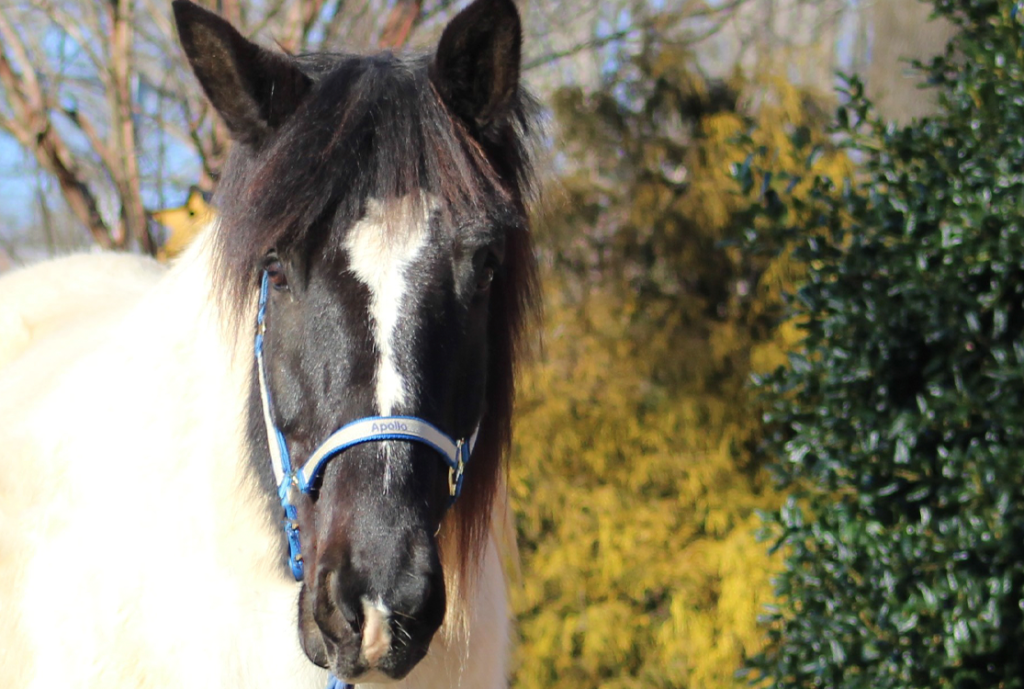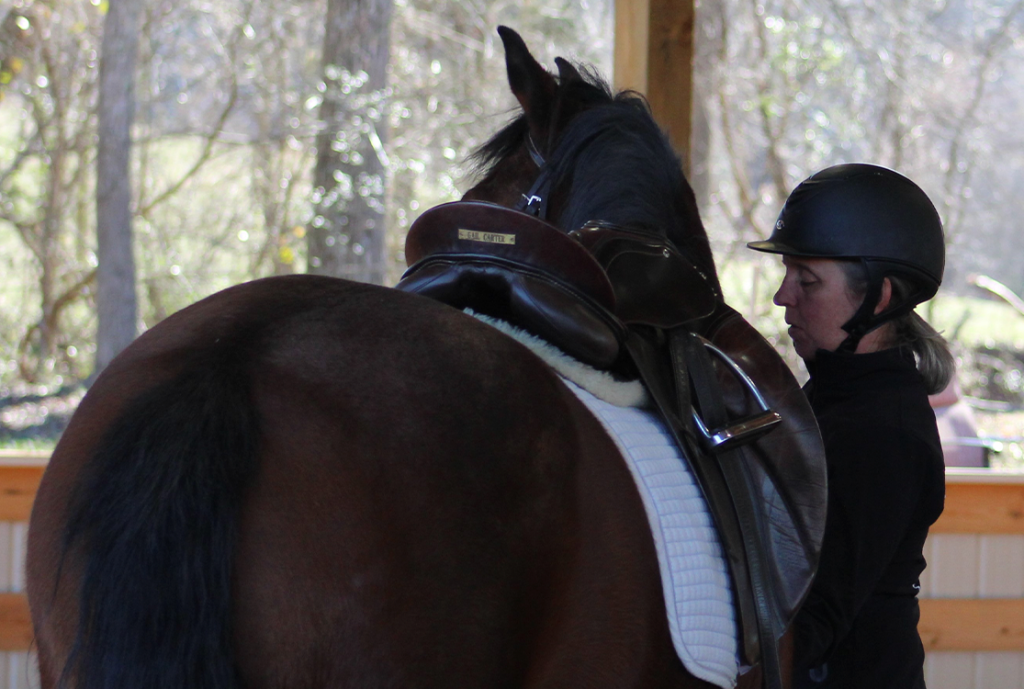I was talking with a dog trainer friend the other day and we were comparing the many similarities between our jobs, including that our primary role is not so much training animals but rather helping their people understand the subtle dynamics of the relationship and teaching them the skills to make it work. A person’s body language, attention, and energy all play key roles in working with any animal, yet with horses there is a vast and distinct difference: we also get on their backs and ride them.
When we take the relationship to this level, I believe we owe it to the horses to teach them “weight bearing posture.” I’m not sure who coined that term, I heard it used by Wendy Murdoch, but I love that it doesn’t carry the connotations of the word dressage. While I consider myself a dressage rider, sometimes when I tell a client we are going to learn basic dressage they may not understand why a Western trail ridden horse would need such a thing. Weight bearing posture, on the other hand, is beneficial for ANY ridden horse.
One of the first elements of developing a horse for riding is teaching them to reach forward and down through the neck so that it’s possible to lift the sternum and withers. In my Yoga for Equestrians classes I sometimes have participants take the stance of a horse (with hands on blocks or chair) and notice what it feels like to lift through the “withers.” It requires rounding, or flexing, the spine and the head goes forward and down. It is impossible to do the movement with the head up and the spine in extension. Practicing “being the horse” can clarify why we want the horse to round the back, lengthen the topline and lift through the thoracic sling so that it becomes possible to shift more weight to the hindquarters. Without teaching the horses to use their bodies in this way, riding can create strain, pain, discomfort, and possibly even skeletal damage such as kissing spine.
We can teach the horse to follow contact by lowering the head beginning on the ground with a halter and rope, then with the reins, then when being ridden with the reins. Rather than pulling back on the reins to stop, turn or back up, developing a soft and reaching contact makes it easier to use our core to make these requests so the rein never creates tension, bracing, or shortening of the back. (How to use the core to direct the horse is another focus of Yoga for Equestrians classes).
Teaching horses to move this way is similar to teaching yoga postures, only rather than using verbal and visual cues to guide them we must use touch to show them how they can carry a rider with comfort and ease. The horses must allow us to move them in various ways, it absolutely cannot be forced or created through restraints such as tie-downs or side reins. There is truly an art to teaching weight-bearing posture, and it is one worth pursuing if we want the best for our ridden horses.
Follow Us
To learn more about how you can help your horse feel better and improve your relationship through touch, groundwork and riding…
More from my Blog
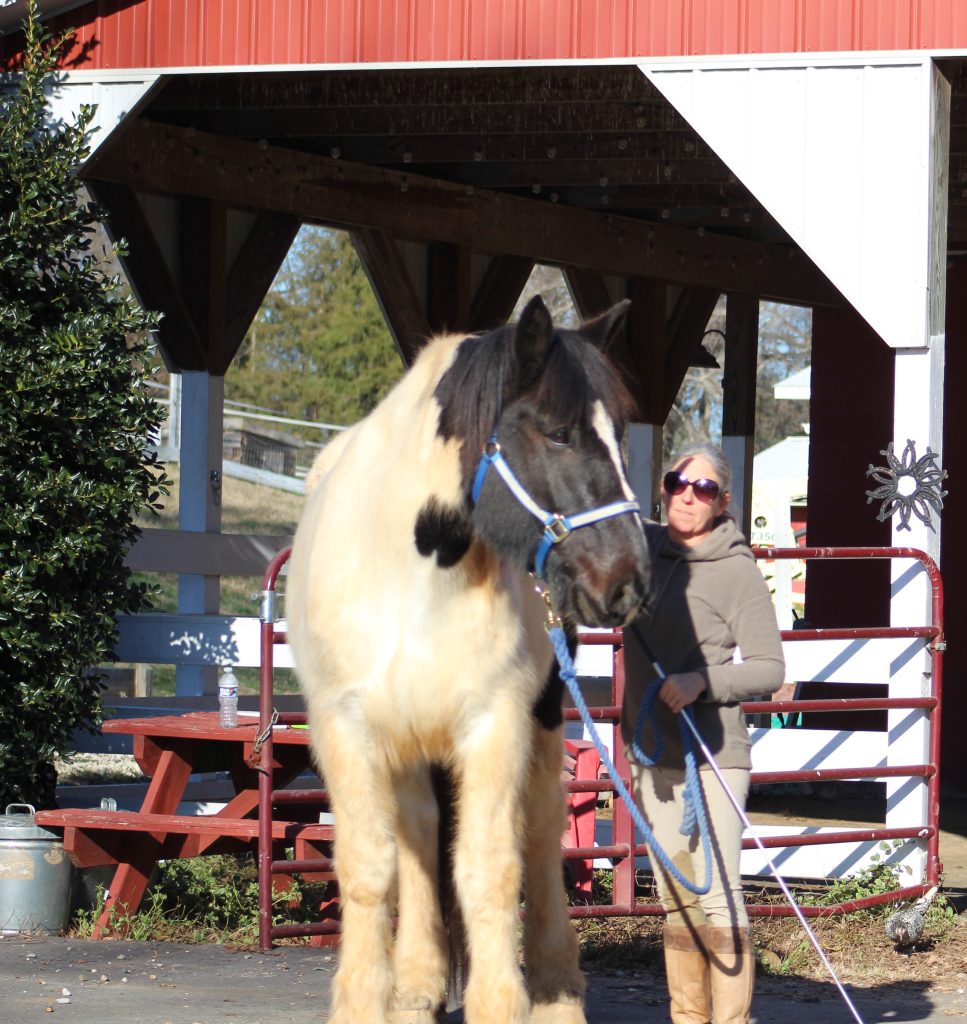
Grounding, Warrior Pose, Root Chakra and Horsemanship
One way horses explore their world is to test whether or not they can move things. If you want to see this in action, put a few objects on…
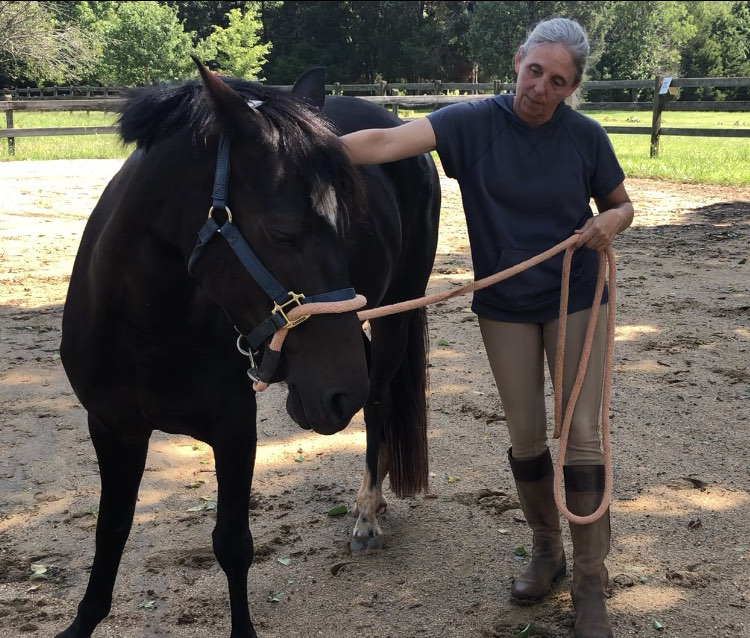
Working with the Nervous System
My work with horses has led me to take a deep dive into the inner workings of the nervous system. As a trainer, often my job is to help a…
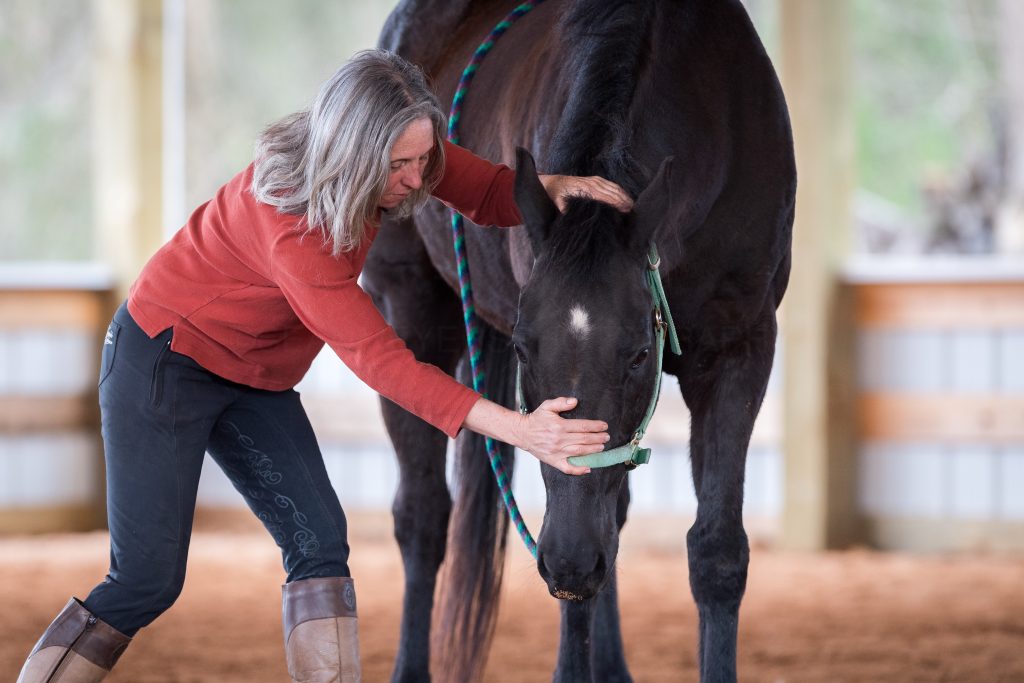
Calming the Anxious Horse
A frequent part of my job is helping anxious horses achieve a more relaxed, calm emotional and mental state. In other words, finding ways to turn on the parasympathetic nervous…

Riding with Precision
As riders, we often hear the advice to “use more leg.” In my experience, this often leads to riders that are squeezing and kicking, and horses that are desensitized to…
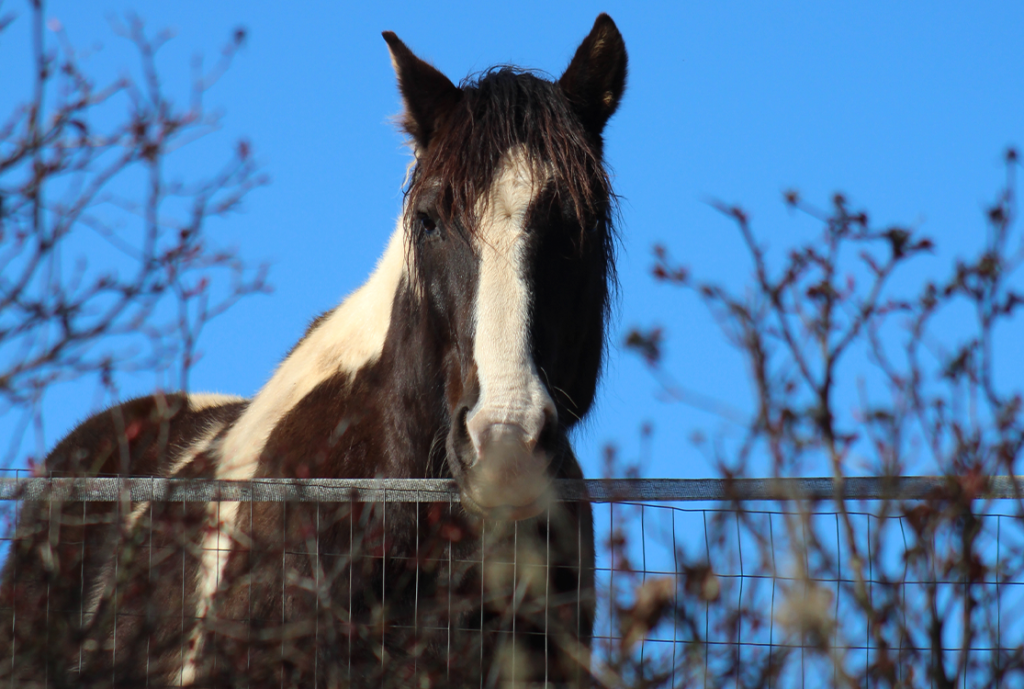
The Transformative Power of Listening
When I am teaching I never know exactly what is going to strike a chord, but I love it when something I say has a transformative impact. In a recent lesson…
